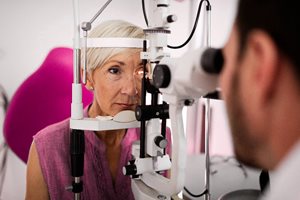Innovations. LensDirect.com
Discover how LensDirect.com significantly boosted productivity, doubling their output and saving up to 90 minutes daily with Innovations.
Choose a country to see content and products specific to your location.
Select content specific to location

Unimaginable advances in technology have given us greater clarity, connectivity, and control than we ever dreamed possible. Patients no longer engage using a single channel: access is now expected across many different channels. We are constantly reconsidering, restructuring and re-engineering our portfolio to meet this ongoing demand.

Ocuco is not just a technology company, it is an eyecare technology company. We have dedicated 30 years as an organization gathering the specialized knowledge it takes to create the digital infrastructure on which optical independents, chains, and labs thrive.

Pioneers in software engineering in the eyecare space, we harness cutting-edge technology to build the digital framework for the future of eyecare. We practice Agile engineering methodologies to maximize team performance and guarantee customer satisfaction. This allows us to react to market
dynamics quickly.

This is a healthcare industry of specialists, who know that degrees of detail matter, quality of care is essential, and trust is crucial. We are dedicated to enabling the eyecare industry to do what it does best; perfect people’s sight, while we remain committed to perfecting the technology.

Latest updates about Ocuco, product releases, best practice tips, upcoming events and more.

Ocuco’s blog features posts from Subject Matter Experts across Optometry Technology, eCommerce and more.